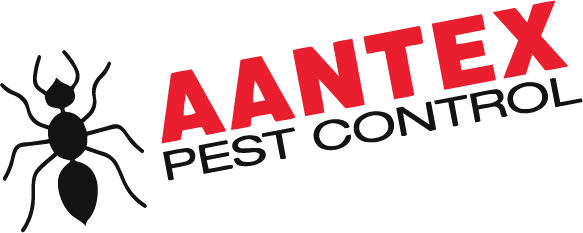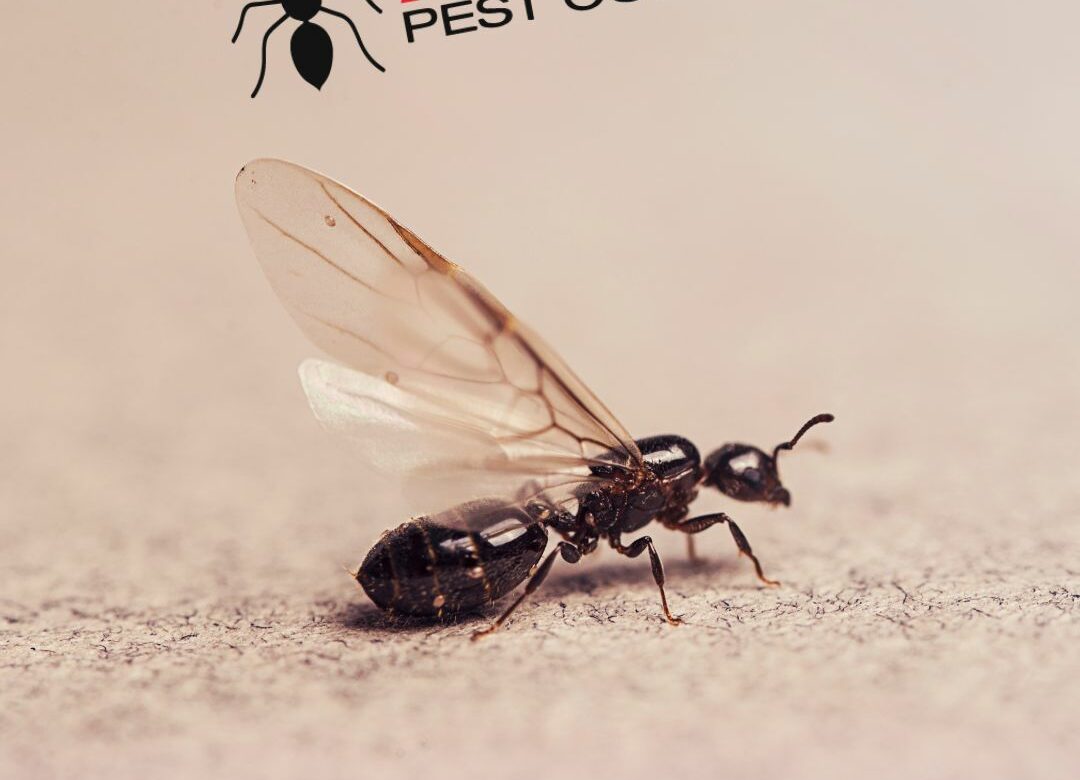Termites and ants are two insects that can easily be confused with one another. Although they share a lot of similarities, they differ in many ways, including their appearance, behavior, and habitat. Knowing how to identify termites vs ants can save you from costly damages caused by termites. In this article, we’ll be discussing everything you need to know about identifying termites vs ants.
Termites and ants are two of the most common household pests. While they may look similar, their physical and behavioral characteristics differ significantly. Termites are notorious for their ability to cause significant structural damage to homes and buildings, while ants are generally harmless. It’s essential to know how to distinguish termites vs ants to identify potential infestations and take the necessary steps to prevent or eliminate them.
Physical Differences Between Termites and Ants
One of the most significant differences between termites and ants is their physical appearance. Termites are typically light-colored, soft-bodied insects that are often mistaken for white ants. They have straight, beaded antennae, and their wings are of equal size and shape. Termites’ wings are also longer than their bodies and are held parallel to the ground when at rest.
In contrast, ants have a more distinct appearance, with three distinct body parts (head, thorax, and abdomen). Their antennae are bent, and their wings are unequal in size, with the front wings being larger than the hind wings. Ants’ wings are also held at an angle to the ground when at rest, forming an L-shape.
Behavioral Differences Between Termites and Ants
Termites and ants have different behaviors, which can help distinguish one from the other. Termites are often referred to as “silent destroyers” as they can cause significant structural damage to homes and buildings without any visible signs of infestation. They feed on cellulose, a component found in wood, and other organic materials.
Ants, on the other hand, are social insects that live in large colonies. They are often seen traveling in a straight line, searching for food, and communicating with each other using pheromones. While some species of ants can cause damage to homes and buildings, they are generally not as destructive as termites.
Habitat Differences Between Termites and Ants
Termites and ants also differ in their habitats. Termites prefer warm, damp environments, and can often be found in the soil or wood. They build nests underground or in trees and other wooden structures. In contrast, ants can be found in a variety of environments, including soil, wood, and even inside homes. They build their nests in a variety of locations, such as under rocks, in trees, or in wall cavities.
Damage Caused by Termites vs Ants
Termites are notorious for their ability to cause significant damage to homes and buildings. They feed on cellulose, which is a component found in wood and other organic materials. This can lead to structural damage, including sagging floors, warped ceilings, and crumbling walls.
Ants can also cause damage to homes and buildings, but it is generally not as severe as that caused by termites. Carpenter ants, for example, can hollow out wooden structures, but they do not consume the wood like termites do.
Preventing Termite and Ant Infestations
Prevention is key when it comes to termites and ants. Here are some tips to help prevent infestations:
- Keep wood away from the foundation of your home or building.
- Fix any leaks or moisture problems in your home or building.
- Keep gutters clean and free of debris.
- Seal any cracks or crevices in your foundation, walls, or roof.
- Remove any standing water around your home or building.
- Keep food in sealed containers and clean up any spills or crumbs.
- Remove any dead trees or stumps from your yard.
Regular inspections by a professional pest control company can also help detect and prevent termite and ant infestations.
DIY vs Professional Pest Control
While there are many DIY options available for pest control, professional pest control services are often the best option for severe infestations or for prevention. Professional pest control companies have the expertise and equipment necessary to identify and treat infestations effectively. They can also provide preventative measures to help keep pests out of your home or building.
Identifying termites vs ants can be a challenging task, but knowing the physical, behavioral, and habitat differences can help you distinguish between the two. Termites are generally more destructive than ants, and prevention is key when it comes to both pests. Regular inspections by a professional pest control company can help detect and prevent infestations.
FAQs
- How do I tell if I have termites or ants?
- Look for physical differences, such as straight vs. bent antennae and equal vs. unequal wings. Also, observe their behavior and habitat.
- How do I prevent termite and ant infestations?
- Keep wood away from your foundation, fix any moisture problems, seal cracks, remove standing water, and keep food in sealed containers.
- What damage can termites and ants cause?
- Termites can cause significant structural damage, while ants can cause damage, but it is generally not as severe.
- Should I use DIY or professional pest control services?
- Professional pest control services are often the best option for severe infestations or for prevention.
- What should I do if I suspect a termite or ant infestation?
- Contact a professional pest control company for an inspection and treatment.

